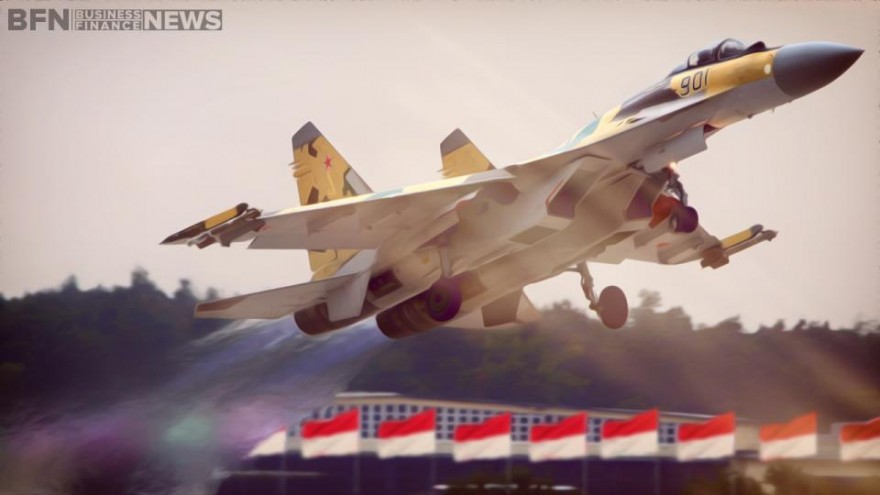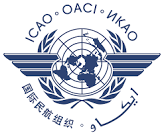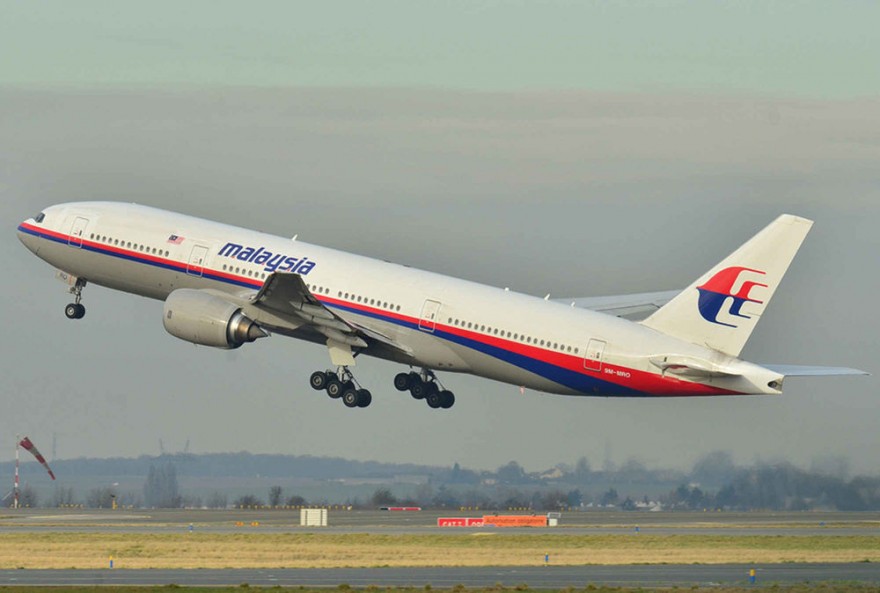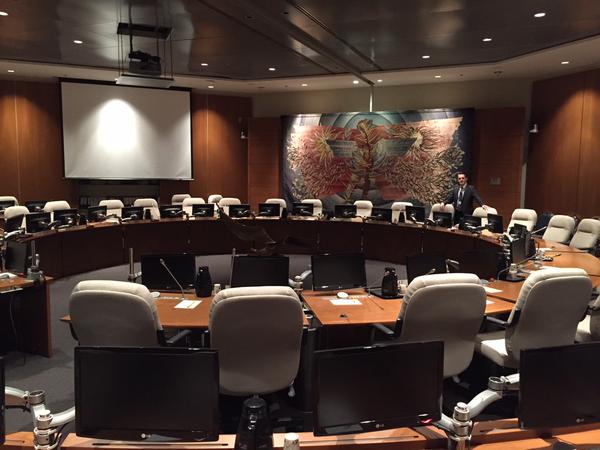In the Singapore Airshow 2016 today, Indonesia agreed to buy about one dozen Sukhoi Su-35 fighter planes from Russia, to upgrade its fleet. The transaction will take a month to complete.
The Indonesian Air Force wants to replace 12 of its aging Northrop Grumman Corporation (NYSE:NOC) F-5 fighters. The country already has two of Russia’s Su-27SK aircraft, three Su-27SKM, two Su-30MK, and nine Su-30MK2 jet fighters. Besides this, the other planes include 12 Lockheed Martin F-16A/Bs aircraft, and 15 Hawk 209 sub-sonic light combat aircraft. The Hawk is used for training purposes. The force is also likely to receive 24 refurbished F-16s from the US. These planes are part of a 2011 agreement between the government of the two countries.
To honor the contract, Russia is likely to establish its repair and maintenance setup in Indonesia. Domestic firms are also likely to receive contracts for the Su-35. Therefore, this contract will be helpful in generating employment opportunities as well.
The deal involving air equipment is not new. On February 9, 2016, Indonesian Defence Minister, General Ryamizard Ryacudu said the government is interested in purchasing 10 aircraft from Russia. The latest deal is part of the Indonesia’s 2016 strategic plan. Gen. Ryacudu also said Indonesia and Russia will also cooperate in knowledge transfer, whereby Indonesian candidates will visit Russian military schools. This followed a meeting with the Secretary of the Russian Security Council at Indonesia’s Political, Legal, and Security Ministry Office.
(http://www.businessfinancenews.com/27875-indonesia-chooses-russian-su35-over-northrops-f5-fighter-planes/)





